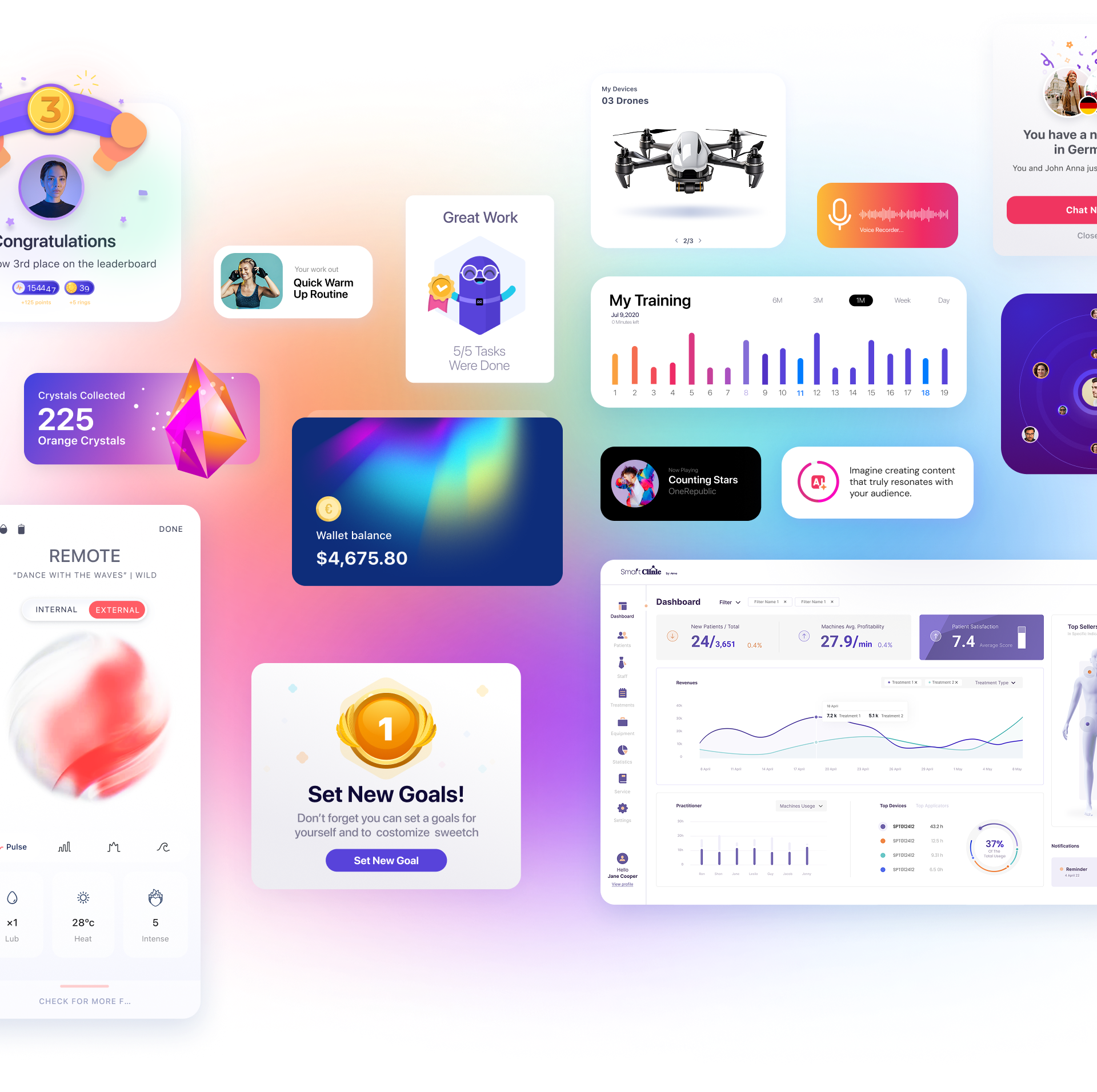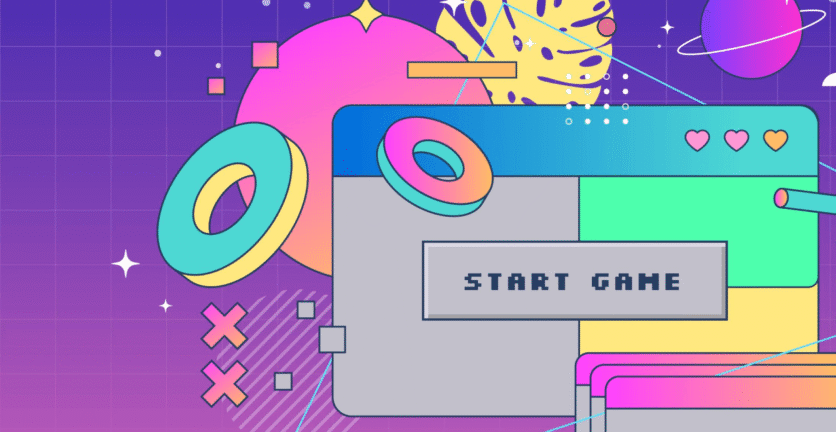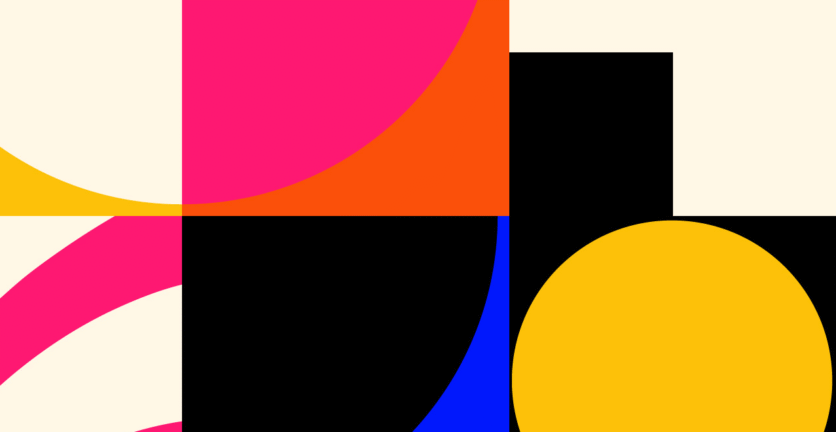In the intricate world of app development, it’s not just about the aesthetic appeal but also about creating a functional masterpiece. A successful application seamlessly marries enticing visuals with easy navigation, distinguishing it from its peers.
Recently, our team at Triolla penned an article detailing the financial side of app development. Building on that, we’ve now decided to shed light on the intricacies and financial aspects of mobile app design.
Brands like Airbnb, Uber, Google, and Apple epitomize success, largely attributing it to their commitment to user-centric design strategies that ensure unparalleled user experiences.
Achieving outstanding UX is an art form. It all boils down to one key element: truly understanding your user. But what encapsulates a user-centric application?
To craft a top-tier app, it’s imperative to understand critical factors like:
-
The user experience of the finished application
-
Market demand for the app concept
-
Target market preferences and tastes
-
Current mobile UI design trends
This article, tailored for Israeli startups and corporates, seeks to guide you through the labyrinth of app design. We’ll explore essential design steps, key influencers of design costs, and foundational elements for budding app designers.
Unpacking Mobile App Design Costs
“Good design is good business.” – IBM
Before we delve into costs, it’s paramount to understand what mobile app design entails:
Mobile app design is the art and science of crafting efficient mobile applications that prioritize fast loading, accessibility, and impeccable user experience. Adobe delineates app design into two primary facets: UI (User Interface) and UX (User Experience). While the UI accentuates the app’s aesthetics, including its color palette, typography, and general ambiance, UX zeroes in on functionality and user-friendliness.
Resources are essential to execute these operations, and they come at a price. This is the ‘app design cost’. In simpler terms, it represents the budgetary allocation for designing your mobile application.
Decoding the Mobile App Design Journey
A stellar app design process hinges on delivering an unparalleled user experience combined with a solution-oriented approach. This journey includes stages like research, analysis, prototype creation, UI/UX designing, testing, and branding.
For a holistic understanding, let’s delve into three primary design phases:
App Idea Analysis:
-
Initial phase comprising idea discovery and brainstorming
-
Emphasis on market research, audience understanding, user personas, demographics, and behavioral patterns
-
This stage is pivotal, with designers striving to translate the client’s vision to reality, minimizing costly redesigns.
Prototyping – The Heart of UI/UX Design:
-
With a clear app concept, the focus shifts to documentation and wireframing
-
This phase shines a spotlight on app usability, complexity, and navigation. It encapsulates app sketches (using tools like Sketch, Buildfire, Adobe XD), UX Wireframing, and animation guides. Wireframing underpins app flow and provides a visual representation of its functionalities.
Visual Design & Branding:
-
Central to app development, this phase revolves around UI mockups, guiding users about the app’s core idea
-
It intertwines visual design with branding, emphasizing logo creation, icon design, and overall brand aesthetics. It’s crucial to stay updated with leading app UI design trends and analyze competitors’ strategies.
Cost Dynamics of UI/UX Design
Discussing the financial aspect, UI/UX design costs can be broken down based on:
-
Designer hiring costs: This varies based on expertise, platform proficiency, and experience.
-
Designing costs by region: Outsourcing considerations depend on regional price variations.
-
Complexity-based costs: Factors like platform availability (Web, Android, iOS), user roles, MVP, functionality intricacies, user requirements, and customization standards play a part.
Furthermore, the platform type (iOS or Android) influences design costs, with iOS usually commanding a premium due to stringent Apple Store guidelines.
Each application boasts a distinct blend of design, functionalities, and platform availability. At Triolla, we always advise our Israeli startups and corporate clients to thoroughly research their target demographics and sector. This not only helps in platform selection but also optimizes design costs.
So, as you embark on your app design journey, remember that it’s not just about creating an app. It’s about crafting an experience, a vision. And with Triolla by your side, rest assured that your app will stand out in the crowded Israeli market.





 Book a Call
Book a Call





